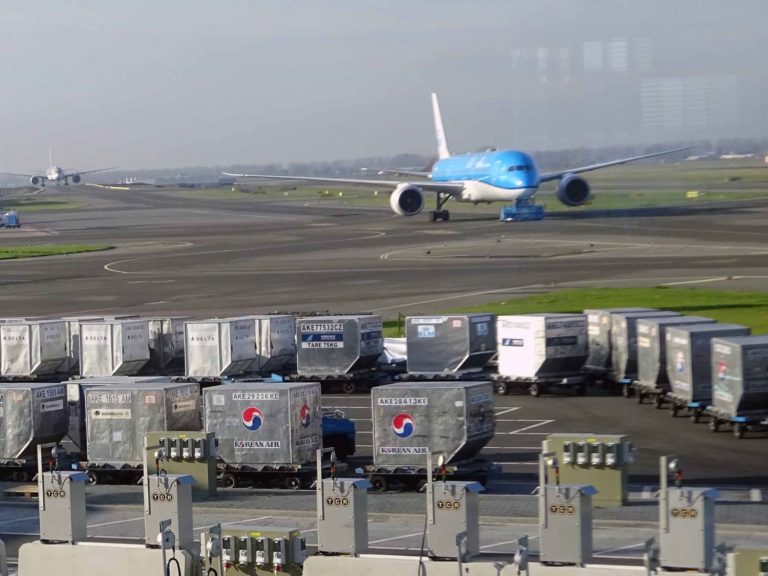
Date:
Front‑Loading and Hidden Inventory Disrupt Traditional Peak Season
The traditional second‑half transpacific cargo peak is unlikely to materialise this year as a wave of accelerated shipments in the first half of 2025 has drained demand from the later months, while significant volumes of hidden inventory remain stalled in supply chains.
In the first half of 2025, shippers brought forward large volumes of cargo in anticipation of increasing tariffs later in the year. This front‑loading intensified in May and June, particularly on Asia–US West Coast and East Coast routes. By July and August, the usual third‑quarter build‑up failed to materialise, with demand easing as warehouses filled with earlier‑delivered stock. Through August and September, significant volumes remained stored in bonded facilities and regional hubs across the US, delaying their movement into end‑markets.
US importers are taking a cautious stance, with many shifting to calling-off or ordering only what is immediately required, adopting a “wait‑and‑see” approach in response to ongoing uncertainty over the US economic outlook and potential trade policy shifts.
Hidden Inventory Dampens Air Cargo Flow
The holding back of cargo is affecting airfreight patterns. Instead of moving directly to consignees, goods are being held at warehouses, hubs and terminals throughout the supply chain, often without showing on anyone’s dashboard. This “hidden inventory” keeps spot demand artificially subdued while preventing a normal seasonal rate drop.
As a result, air cargo rates may remain supported and despite signs of a cooling demand environment. Market turnover is slowed, with more tariff turmoil pushing the impact of inventory release further into the year.
With peak volumes shifted earlier in the year, the traditional seasonal curve has flattened, making weaker‑than‑usual cargo surges likely in the third and fourth quarters. This shift creates capacity planning challenges for carriers that had anticipated a late‑summer rush, potentially leading to under‑utilised sailings or the need to adjust service rotations. At the same time, US importers are taking a cautious approach, placing smaller and more frequent orders while deferring larger commitments until there is greater certainty over the economic outlook and future trade policy.
Until the hidden stock is released and importers regain confidence, the transpacific market is unlikely to see the kind of seasonal uplift typical in past years. Both ocean and air freight providers may need to adapt to a longer‑than‑expected period of muted demand through the remainder of 2025.
Metro’s dedicated air freight team and expanding U.S. presence help shippers navigate shifting transpacific flows with confidence. From capacity management and efficient routing to agile supply chain control and inventory visibility, we keep your air cargo moving smoothly across the Pacific.
Email Managing Director, Andy Smith, to learn more.
